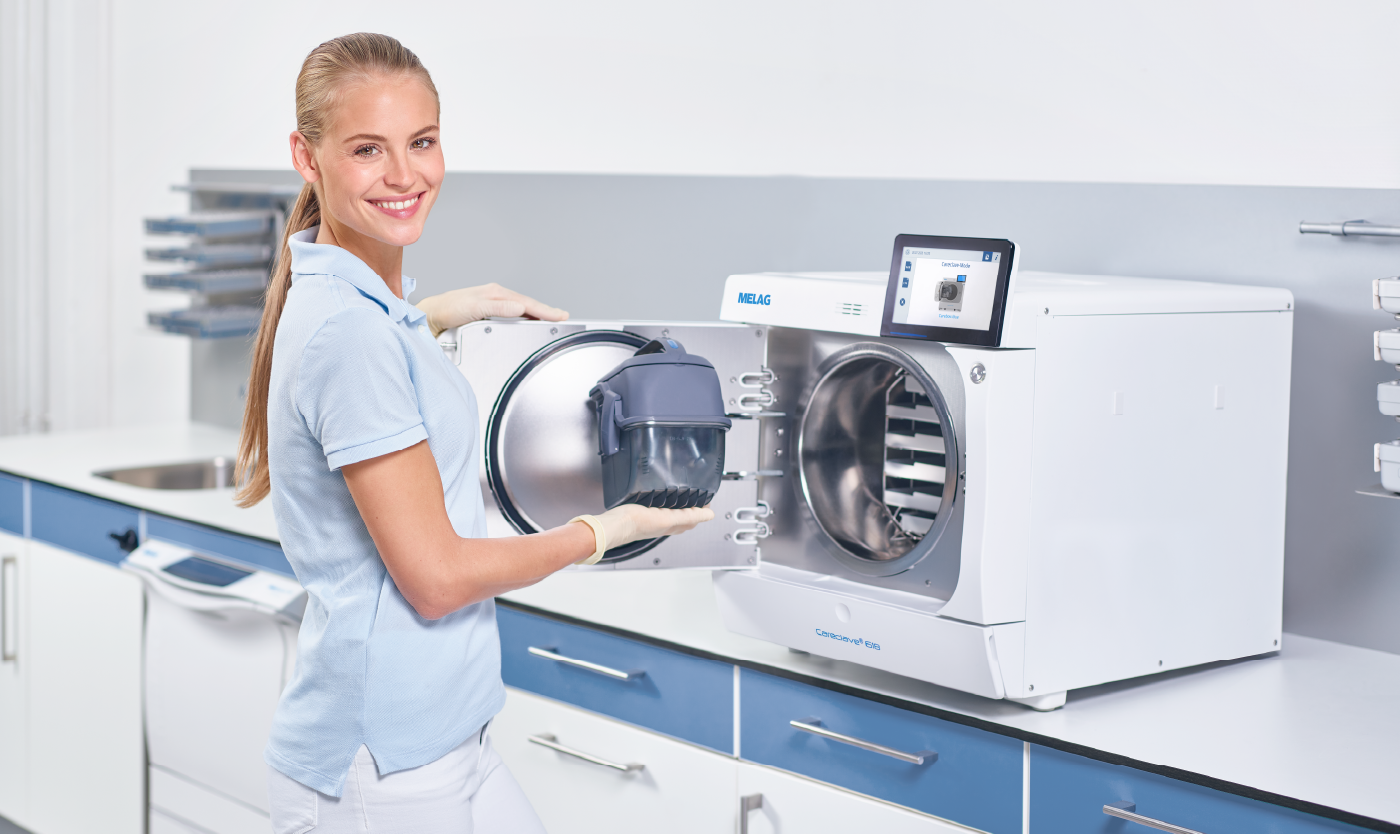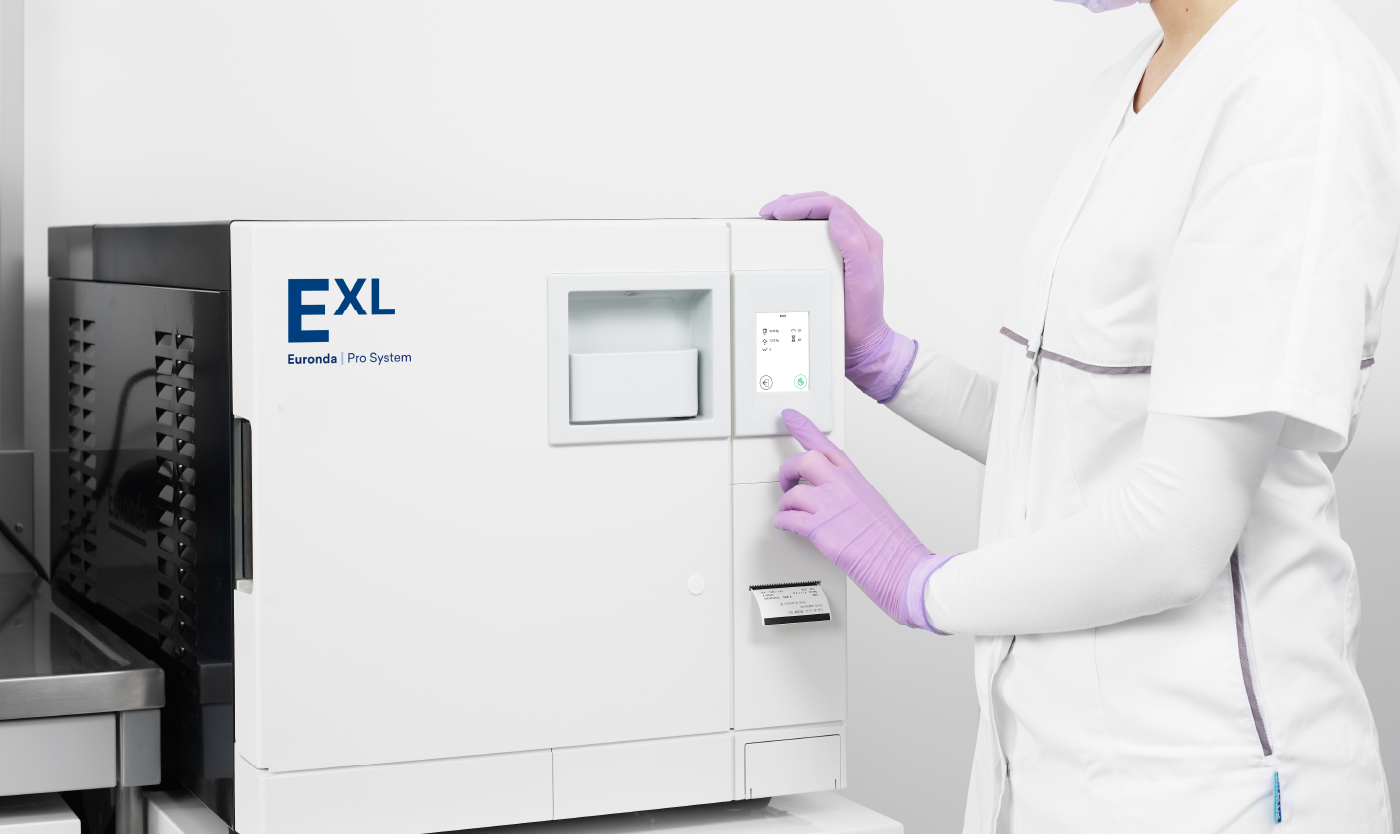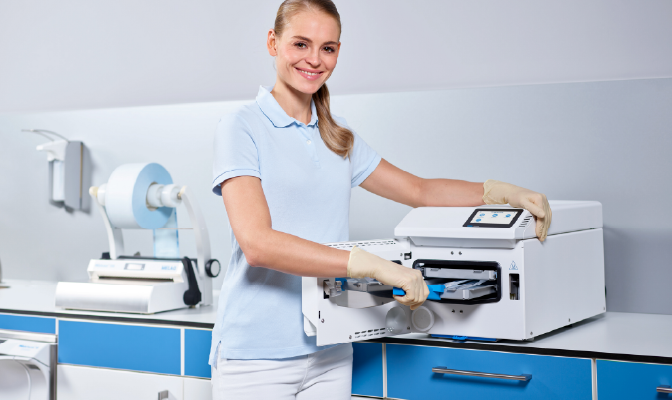What is an Autoclave and How Does It Work?

What is an Autoclave?
What is the Sterilisation Process?
What is the importance of autoclaves in sterilisation?
Conditioning Phase (C): Air must be removed from the chamber during the initial stage of the sterilisation cycle. This is called conditioning. In vacuum-type sterilisers, a vacuum system pulls the air out. Compared to non-vacuum systems, where steam flushes and pressure pulses. Gravity-type sterilisers push the air out by using steam.
Exposure Phase (S): Once the air has been removed, the steriliser drain closes and steam is continuously introduced, rapidly raising the chamber’s pressure and temperature inside to a set level. The cycle then continues to the exposure phase, where items are held at this temperature for a specific time to ensure sterilisation.
During the final phase, known as exhaust, the sterilisation drain opens, releasing the steam and reducing pressure. This allows the chamber to return to normal pressure to begin the drying process.

Where are they used?
Healthcare Sector: Hospitals and clinics use autoclaves for sterilising instruments and other medical equipment.
Dentistry: In dental clinics, autoclaves are used to sterilise dental tools
Veterinary: Veterinary clinics rely on autoclaves to sterilise their instruments used in animal care.
Laboratories: Research and testing laboratories use autoclaves to sterilise glassware and other equipment.
Small Clinics: Including beauty and podiatry, autoclaves are used to sterilise their equipment.
What are the benefits of using an autoclave?
Effective sterilisation: Using high-pressure steam to eliminate bacteria, viruses, fungi and spores.
Time efficiency: Quick sterilisation process
Cost-effective: While the initial cost can be high, autoclaves reduce the need for disposable supplies and repeated chemical purchases.
Versatility: Autoclaves can sterilise a wide variety of items across a variety of sectors.

















